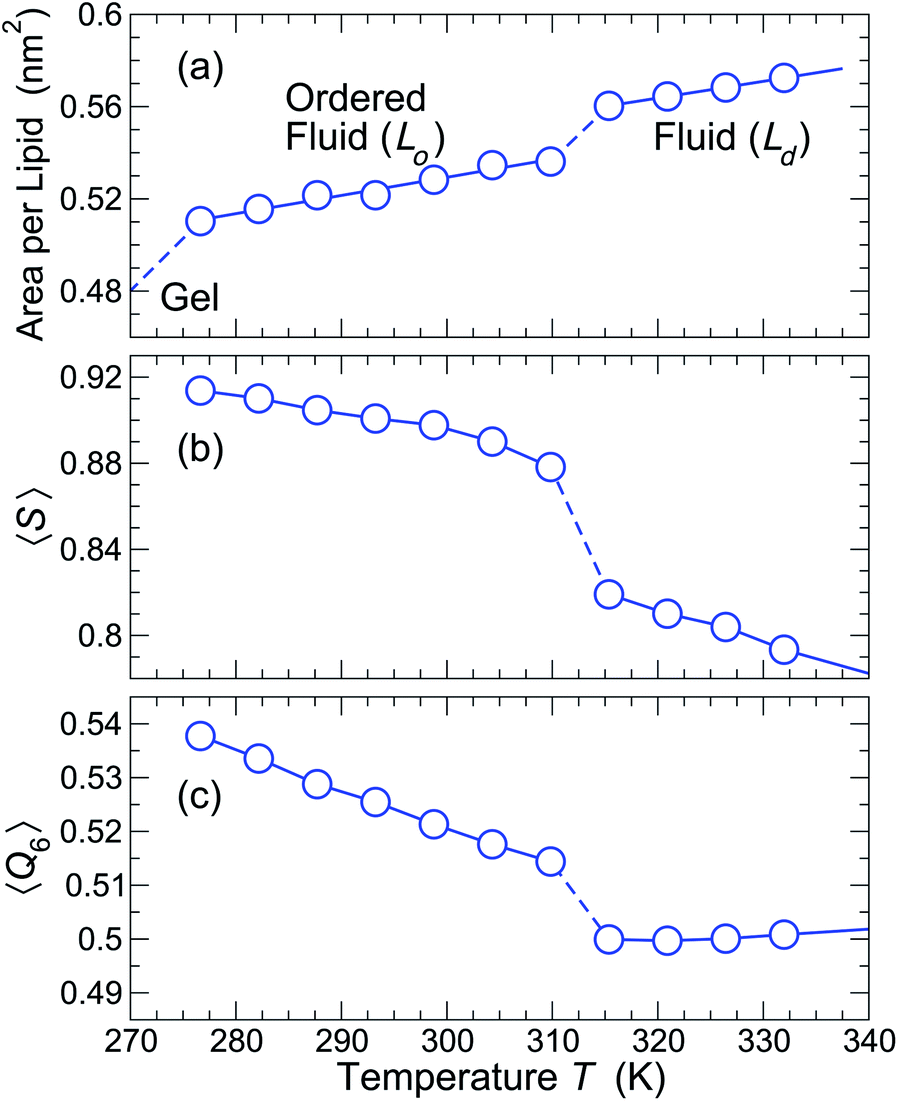Principles Of Sugar Technology Pdf
Largely allotted all through plant households, flavonoids provide many vegetation and end result their vivid colours. In addition they play a job in retaining the vegetation from microbe and bug assaults. Extra importantly, the intake of meals containing flavonoids has been associated with a number of future health merits. Fresh learn shows that flavonoids will be nutritionally necessary by means of triggering enzymes that decrease the chance of sure cancers, center disorder, and age-related degenerative illnesses.
• • • • • Additional resources for Principles of Sugar Technology Sample text.
Industry and related sugar-bioproduct industries are currently facing tough sustainability issues. Sustainability is the. For some industries the core principles for sustainable manufacture are. The success of the cogeneration of bagasse depends on the availability of adequate technology as well as a. Principles of Sugar Technology focuses on the principles, methodologies, and processes involved in sugar technology, including properties of sugar and agents involved in its manufacture. The selection first offers information on the chemical and physical properties of sucrose, as well as decomposition, structure of the.

Grundig Sonoclock 410 Manual Treadmill. Author by: Pieter Honig Language: en Publisher by: Elsevier Format Available: PDF, ePub, Mobi Total Read: 57 Total Download: 876 File Size: 55,6 Mb Description: Principles of Sugar Technology focuses on the principles, methodologies, and processes involved in sugar technology, including properties of sugar and agents involved in its manufacture. The selection first offers information on the chemical and physical properties of sucrose, as well as decomposition, structure of the sucrose molecule, sucrose derivatives, crystallized and amorphous sucrose, and solvents.
The book then takes a look at the physical and chemical properties of reducing sugars and non-nitrogenous organic acids of sugarcane. The publication ponders on nitrogen-containing nonsugars (amino acids and proteins), complex organic nonsugars of high molecular weight, and lipids of sugarcane. California Medical Board Pace Program Texas there. Discussions focus on the distribution of nitrogen in sugarcane, amino acids in cane juice and leaves, lignin, pectin, proteins, and significance of waxy and fatty lipids in sugar manufacture. The text also examines color and colored nonsugars, inorganic nonsugars, and agents used in sugar manufacture.
The selection is a dependable reference for readers interested in sugar technology. Author by: G. Jenkins Language: en Publisher by: Elsevier Format Available: PDF, ePub, Mobi Total Read: 87 Total Download: 340 File Size: 44,8 Mb Description: Introduction to Cane Sugar Technology provides a concise introduction to sugar technology; more specifically, cane sugar technology up to the production of raw sugar. Being intended originally for use in a post-graduate university course, the book assumes a knowledge of elementary chemical engineering as well as adequate knowledge of chemistry.
In the field of sugar manufacture itself, the object of the book is to place more emphasis on aspects which are not adequately covered elsewhere. In accordance with this objective, attention has been concentrated mainly on processes and operation of the factory, and description of equipment is made as brief as possible, with numerous references to other books where more detail is available. The emphasis on operation rather than equipment has also been prompted by observation of quite a few factories in different countries where good equipment is giving less than its proper performance due to inefficient operation and supervision. The book is confined to the raw sugar process, which has been the author's main interest. Refining is discussed only to the extent required to explain refiners' requirements concerning quality of raw sugar.
Author by: Pieter Honig Language: en Publisher by: Elsevier Format Available: PDF, ePub, Mobi Total Read: 58 Total Download: 269 File Size: 53,7 Mb Description: Principles of Sugar Technology, Volume II: Crystallization summarizes the principles of the crystallization process applied in the sugar industry all over the world. This book describes the control systems and theories concerned with crystallization, reviewing the complicated technological process in sugar manufacture. The crystallography of sucrose in relation to the techniques, control methods, and fundamental changes and evolutions in the equipment used in factories for the crystallization process are also considered. Other topics include the developments in the technology as to crystallization by cooling, solubility of sucrose in impure solutions, and control instruments and technological and engineering developments in vacuum control and adjustment. The regulation of vapor pressures, significance of the circulation in vacuum pans, and nucleation technique are also covered in this publication.